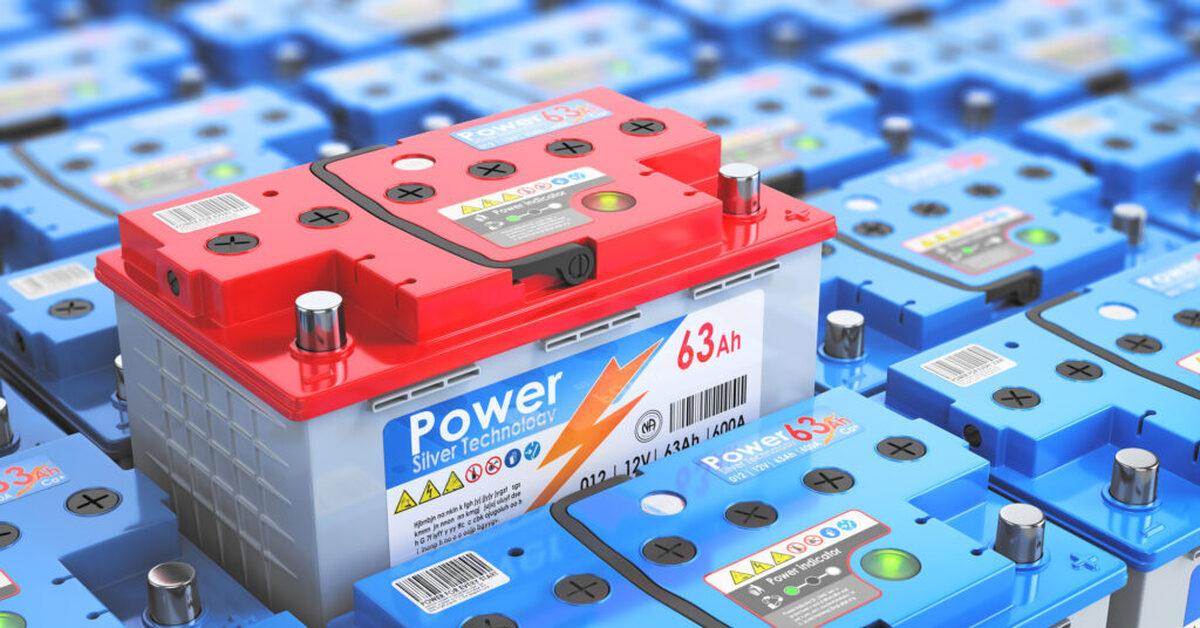In-Depth Insight into the Automotive Lead Acid Battery Market and Its Global Growth Dynamics

The automotive lead acid battery market continues to be a cornerstone of the global energy storage industry, particularly in the transportation sector. Despite the rising prominence of lithium-ion and solid-state alternatives, lead acid batteries maintain a dominant presence in automotive applications due to their affordability, established technology, and recyclability. This article provides key insights into the market’s performance, technological evolution, regional strengths, and emerging opportunities.
Essential Role in Automotive Systems
Lead acid batteries are primarily used for starting, lighting, and ignition (SLI) in internal combustion engine (ICE) vehicles. Even in electric vehicles (EVs), they are often employed to power auxiliary systems, as they are cost-efficient, easy to produce, and widely available. Their dependable output, ability to deliver high surge currents, and ease of recycling make them indispensable across both traditional and modern vehicle platforms.
Market Insights by Application
Passenger Vehicles:
Passenger vehicles represent the largest share of lead acid battery usage. The widespread reliance on ICE vehicles globally ensures a steady demand for reliable, affordable SLI batteries. Maintenance-free versions such as AGM and EFB are increasingly favored in newer vehicle models equipped with start-stop systems.
Commercial Vehicles:
This segment includes trucks, buses, and delivery vans, all of which require durable and high-capacity batteries. Heavy-duty operations and long hours of use drive a robust demand for batteries that can endure repeated charging cycles and fluctuating loads.
Electric and Hybrid Vehicles (Auxiliary Use):
While propulsion in these vehicles is powered by lithium-ion batteries, lead acid batteries are still used for lighting, infotainment, diagnostics, and safety systems. This secondary application supports continued demand even in newer EV architectures.
Two-Wheelers and Off-Road Vehicles:
Especially in emerging markets, lead acid batteries dominate in low-cost motorbikes and utility vehicles. Their low maintenance needs and long life cycles offer excellent value in budget-conscious regions.
Technological Evolution and Advancements
The lead acid battery has evolved significantly from its basic flooded design. Newer formats like Absorbent Glass Mat (AGM) and Enhanced Flooded Battery (EFB) are engineered for improved performance and longevity. These variants offer:
-
Higher resistance to vibration and temperature fluctuations
-
Faster recharging capabilities
-
Better compatibility with stop-start technologies
As automakers incorporate more electronics and digital systems into vehicles, the demand for more efficient and durable battery solutions like AGM and EFB continues to rise.
Regional Insights
Asia-Pacific:
Dominating the global landscape, Asia-Pacific leads both in manufacturing and consumption. Countries such as China and India experience high vehicle ownership rates, growing industrialization, and large-scale public transport networks. These conditions create a solid base for consistent battery demand.
North America:
This mature market is characterized by high aftermarket sales. As vehicles age, battery replacements occur frequently. Additionally, the trend toward maintenance-free batteries has boosted the popularity of AGM products.
Europe:
Strict environmental regulations, strong recycling infrastructure, and a focus on reducing carbon footprints support the market. European automakers frequently utilize AGM and EFB batteries in start-stop enabled vehicles to meet emission standards.
Middle East, Africa, and Latin America:
Emerging economies in these regions offer growing opportunities. Influx of second-hand vehicles and the expansion of urban mobility infrastructure have driven aftermarket demand, especially for flooded and basic lead acid batteries.
Market Drivers
Key factors driving the automotive lead acid battery market include:
-
Cost-Effectiveness: Compared to lithium-ion batteries, lead acid options are far more affordable, both for OEMs and end-users.
-
Recyclability: With a global recycling rate of over 95%, lead acid batteries are among the most eco-friendly battery types.
-
Proven Reliability: Their consistent performance in various climates and rugged usage conditions supports long-term market retention.
-
Expanding Vehicle Fleet: The growing global vehicle parc, especially in developing nations, ensures a strong aftermarket replacement cycle.
-
Technological Compatibility: Continued improvements in AGM and EFB battery technologies align well with the evolution of automotive design.
Competitive Landscape
The market is dominated by key players like Clarios (Johnson Controls), GS Yuasa, Exide Technologies, East Penn Manufacturing, and EnerSys. These companies focus on:
-
Expanding production facilities
-
Improving battery efficiency
-
Strengthening distribution networks
-
Collaborating with vehicle manufacturers for co-developments
Additionally, several regional manufacturers are emerging in Asia and Latin America, catering to localized demands with affordable product lines.
Challenges and Considerations
Despite its strength, the market faces several challenges:
-
Technological Competition: Lithium-ion and other alternatives are gaining ground, especially in EV propulsion.
-
Environmental Regulations: Improper recycling practices in some regions can lead to stricter policies and market pressure.
-
Weight and Size Limitations: Compared to newer batteries, lead acid units are bulkier, which can be a disadvantage in compact vehicle models.
Addressing these concerns through innovation, better recycling frameworks, and performance upgrades is vital for maintaining relevance.
Conclusion
This in-depth automotive lead acid battery market insight demonstrates the resilience and adaptability of a technology that continues to power the global auto sector. Its unmatched balance of affordability, availability, and sustainability ensures its continued role in vehicles of all types. As technology evolves, the industry’s focus on improved battery performance and greener solutions will be critical in shaping the market’s future trajectory.
- Art
- Causes
- Crafts
- Dance
- Drinks
- Film
- Fitness
- Food
- Oyunlar
- Gardening
- Health
- Home
- Literature
- Music
- Networking
- Other
- Party
- Religion
- Shopping
- Sports
- Theater
- Wellness


